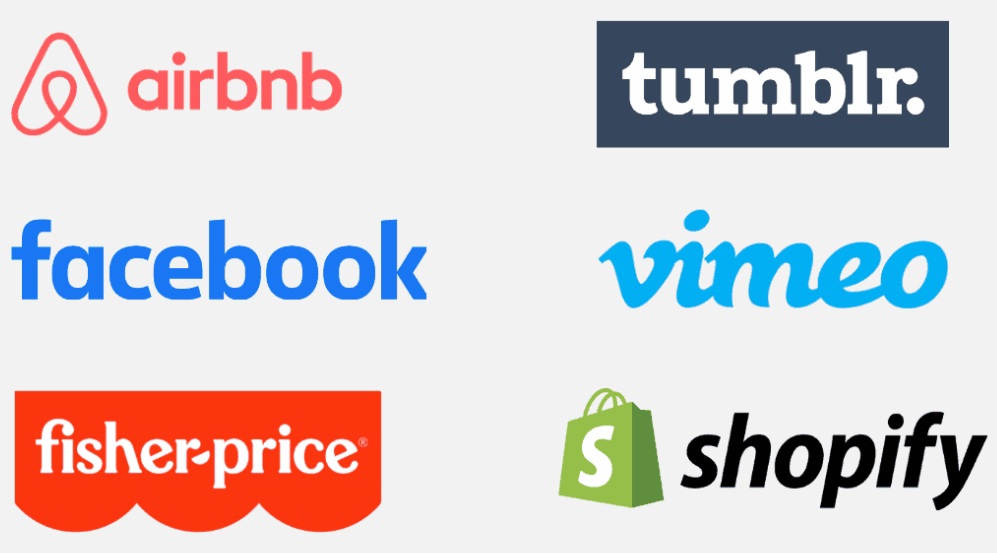Brand recognition isn’t only about popularity—it’s about being trusted. Building a solid brand identity and strategic plan can make that happen. This article explores the importance of brand recognition and how to establish a consistent brand identity.
We will discuss actionable strategies for building brand recognition and strengthening your brand’s presence. We included real-life examples to help you better understand these strategies. We also highlight a few challenges and considerations you should keep in mind.
Let’s begin.
What Is Brand Recognition
Brand recognition is how easily consumers recognize a brand among competitors. When they see or hear the brand’s visual or auditory cues, they can quickly connect it with what it offers. This creates repeat purchases when they have a strong affinity with your brand and they become loyal customers who regularly promote your products to others.
Some people confuse brand recognition with brand awareness. Brand recognition does help build brand awareness, but it’s mainly about how consumers identify your brand. Brand awareness is about measuring how memorable a brand is to its target audience.
4 Key Components For Strengthening Brand Recognition
Here are the key visual and auditory components you can focus on to strengthen your brand recognition strategies.
A. Logo
A logo is typically the first element of your brand that consumers see. Make sure it has a well-thought-out design that represents everything your brand stands for. The first step is deciding whether to choose descriptive or non-descriptive logos.
The descriptive logo uses literal elements to represent the business’s nature or what it markets (products or services). Burger King is one popular brand that proves how effective a descriptive logo is.
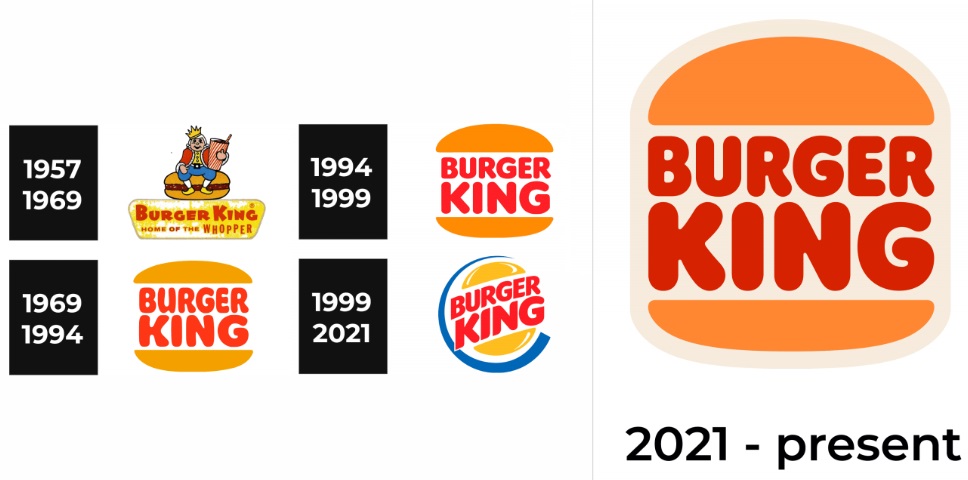
The business uses these methods to show that they’re a fast-food restaurant specializing in burgers:
- Uses the word “Burger” and the image of 2 hamburger buns
- Red and orange colors make the product look more appetizing
- Words feature a bold and distinctive font that makes them easy to read
On the other hand, the non-descriptive logo relies more on creativity. It uses conceptual or metaphorical elements to connect with your target audiences more emotionally. These elements can be abstract shapes, symbols, or stylized graphics.

Non-descriptive logos are best for businesses with diverse operations and offers. Take Unilever, a multinational corporation that offers a wide range of consumer goods – from home care to food. They created a logo that goes well with all the products they offer.
Best Practices: Keep It Simple & Timeless
You can never go wrong with a simple, clean logo design. It’s memorable and versatile for various applications — from printed materials to digital platforms.
When designing a logo, avoid using trendy elements. It may look fresh and appealing, but they can quickly become outdated. Choose elements that can help you establish a strong and lasting brand presence. Here are other points to keep in mind:
- It must work well on a dark and light background
- Adaptable to both horizontal and vertical layouts
- Remains recognizable and easy to read, even at smaller sizes
B. Colors
Did you know that a consistent brand color palette can improve brand recognition by up to 80%? It isn’t surprising because color is often the first element that consumers notice. Color triggers emotions, too, building a deeper bond with your target audience. Here are ways to choose the right colors for your brand.
B.1 Matching Colors To Your Brand & Product
You can pick a color scheme based on the product you offer. Green Supply is one brand that does this right.

Green Supply is an eCommerce store selling health and wellness products. As the name suggests, green is the prominent color they use. It aligns well with their mission to provide green solutions for healthy and happy people.
The darker green shades reflect sophistication, emphasizing the brand’s commitment to high-quality wellness products. Meanwhile, the lighter green shades express a sense of freshness, vitality, and optimism.
B.2 Understand Your Audience
Colors communicate various messages, and consumers may interpret these messages differently. Their responses are wired based on their preferences, cultural backgrounds, and psychological associations. Research your target audiences to know which colors resonate most with them.
You may conduct surveys with existing customers and new audiences to gain direct insights. You can ask about their preferences, interests, behaviors, and demographic information. You can also research the latest trends to identify the right color scheme for every age. You can start with Webflow’s article on how color plays into generational marketing.
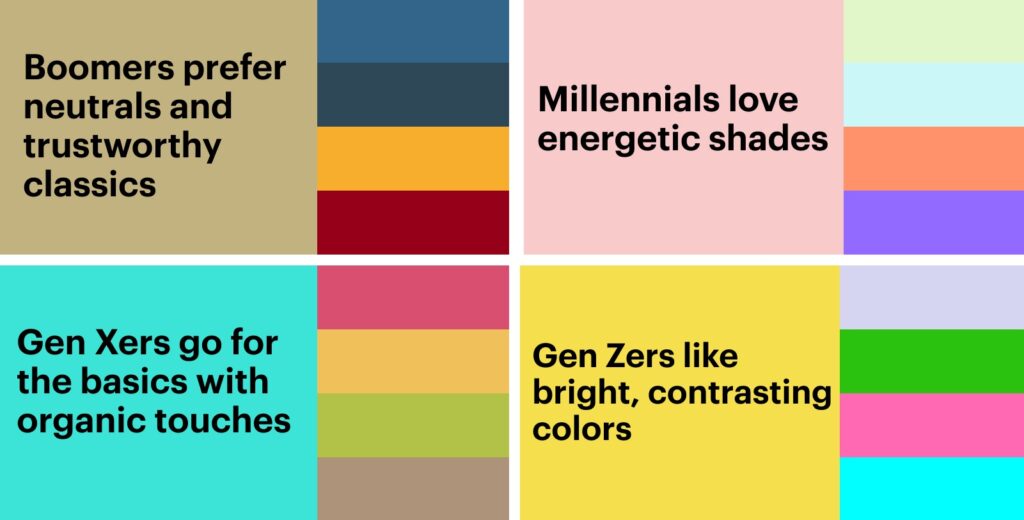
B.3 Consider Industry Trends
Understanding industry trends lets you see your competitors and other brands’ colors. This helps you make a unique visual identity that catches people’s attention and makes them interested in your offer.
The most popular color in 2024 is blue. Aside from its universal appeal, it promotes a sense of authority and professionalism. That’s why most companies in the technology industry use blue shades in branding. One excellent example is AlisQI.

AlisQI is a modern, cloud-based Quality Management System (QMS) for manufacturers. They use darker blue shades (navy blue) for the brand name to show they are reliable and trustworthy. This makes manufacturers feel confident that AlisQI’s QMS solutions work well.
They use turquoise in their logo design to promote openness and accessibility. This highlights its user-friendly interface and transparent processes, making it easy for manufacturers to adopt and integrate the QMS into their operations.
Turquoise is often linked with creativity and originality. This is precisely the space they provide for manufacturers. A space where they can explore fresh ideas and approaches to quality management. Facebook, Samsung, and Ford are other popular brands that successfully used the blue color for their branding.
Best Practice: Consider Accessibility For Vision-Impaired Individuals
Adding colors is not only for aesthetic purposes. It can also improve your brand’s accessibility to those with visual impairment. It’s a great way to show your brand’s commitment to diversity, inclusivity, and accessibility for everyone.
Choosing colors with high contrast improves readability and visibility. If you want to combine color hues, choose blue and red or orange and yellow. Avoid the red-green combination because protanopia or blindness to red, is the most common color vision deficiency. You can look at Datylon’s color blind palette for inspiration.
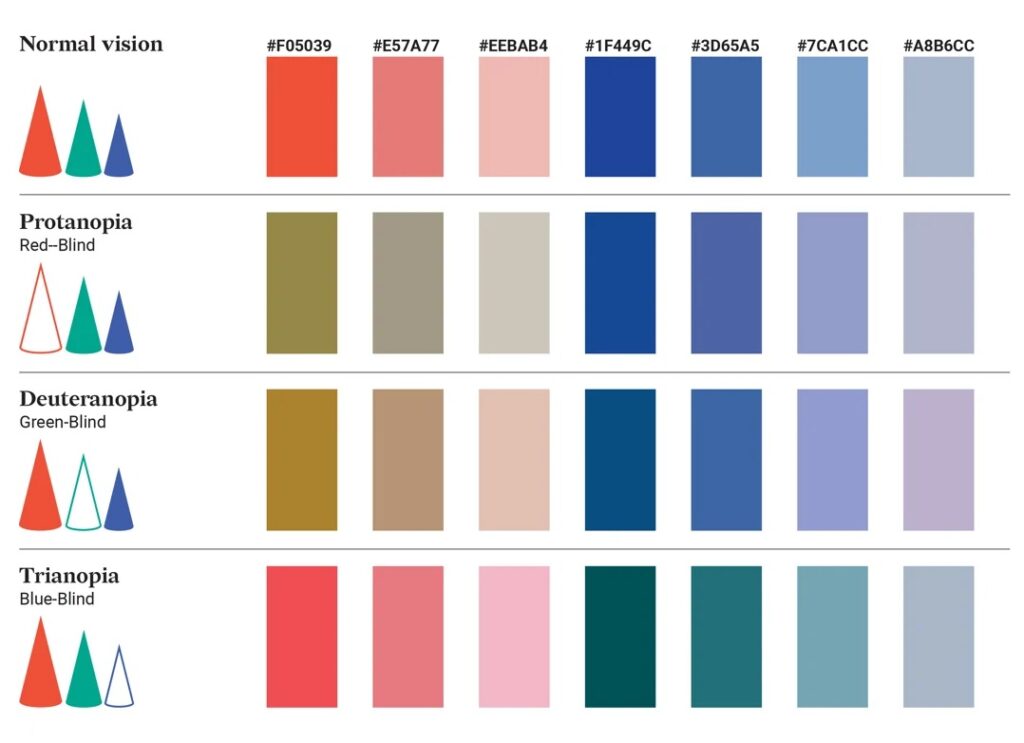
C. Typography
People tend to remember a brand more when they encounter the same fonts repeatedly. Choose the typography that communicates your brand’s name and message effectively. The first step is aligning typographic elements with your brand’s desired tone.
C.1 Uppercase vs. Lowercase Letters
Choose between uppercase and lowercase letters to set your desired tone. Uppercase letters are ideal for a formal, authoritative, and serious tone. With their uniform height and shape, they stand out more visually.
Uppercase typography is an excellent choice for marketing a fashion brand. It embraces the casual and trendy vibe that appeals to fashion-conscious consumers.
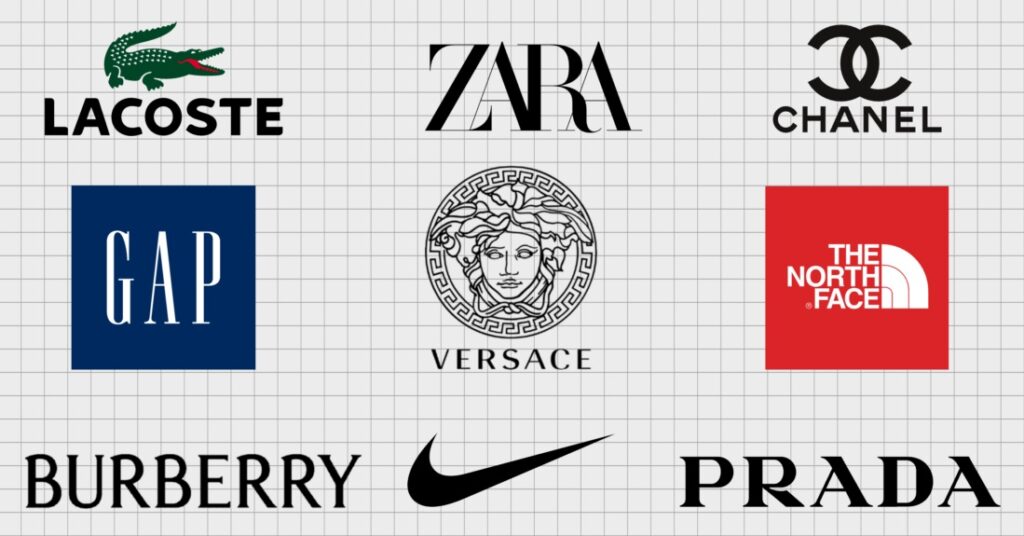
Lowercase letters convey a more casual and approachable tone. Their diverse heights and shapes add a playful personality to your logo and brand design.
C.2 Fonts
Fonts, like colors, evoke various emotions. Its only difference is it can also influence how audiences perceive and remember your brand. There are 3 popular font types that are commonly used:

- Serif: Serif is the popular font choice for the logo. It’s traditional, sophisticated, and formal, ideal for improving a luxury brand’s visual identity. Garamond, Times New Roman, and Rockwell are the best serif typefaces.
- Sans Serif: Sans Serif fonts are ideal for brands aiming for a minimalistic appearance. They have a cleaner edge, a modern look, and excellent readability. You can still read them even in smaller sizes or on digital screens. Arial, Helvetica, and Roboto are the fan-favorite sans serif fonts.
- Script (Cursive): There are 2 script font types, formal and casual. The formal script is elaborate and artistic, often seen in high-end branding materials. The casual script mimics handwriting or calligraphic styles for a natural and organic feel. Billie Sight, Cloud Script, Janetanice, and Malibu are examples of Script fonts.
Can you use numbers in brand names? Yes, you can. Numbers are excellent elements that carry symbolic meanings, purpose, and associations. One brand that successfully uses numbers in its name is 3Wishes.

3Wishes is an online apparel store that sells sleepwear, costumes, and accessories. The number 3 often represents confidence, creativity, and self-expression. Adding this to their brand name tells customers the need to express themselves openly.
This sentiment matches the brand’s offers. Their wide selection lets customers explore different styles and be creative without limitations.
Best Practice: Prioritize Legibility
While creativity is important, never compromise legibility. Consumers should be able to read the brand name and messaging clearly and easily. Pay attention to size, spacing, and contrast to maintain readability.
Script fonts can be hard to read at times. Increase the space between each letter and line height to make them readable. Avoid using all capital letters, too. This ensures that each letter is clearly distinguished, improving its overall legibility.
All rules have exceptions. Gen X brands do well in using script fonts in their logos despite breaking traditional legibility rules. An excellent example is Fortune Restoration, a property management and restoration company.

Fortune Restoration is a brand that prefers to express its personality and identity uniquely. So, they feature a calligraphy-style cursive on their logo. It may look elegant and fun, but they’re not easy on the eyes. However, this brand retains it for generations, and it still works to this day.
The reason is that they built a strong presence and loyal customer base over the years so customers rely more on their emotional connection to the brand and its values. They even focus on the logo’s craftsmanship rather than minor legibility concerns.
D. Sound Branding
Just like visual elements, people can quickly grasp sounds and keep them in their memory. Sounds trigger memories, associations, and even physical sensations without consciously realizing it. That’s why top brands often use cheerful jingles in their ads. They want consumers to remember good times.
When choosing a sound, pick one that reflects your core values and target audience’s personalities. For example, let’s say your brand promotes energy and vitality and targets a younger demographic. Using upbeat, lively rhythms or playful sound effects will create a memorable brand experience for your audience.
How To Create A Sound Brand Identity?
You can start exploring royalty-free music libraries like Soundstripe. They offer a wide range of genres, effects, and styles.
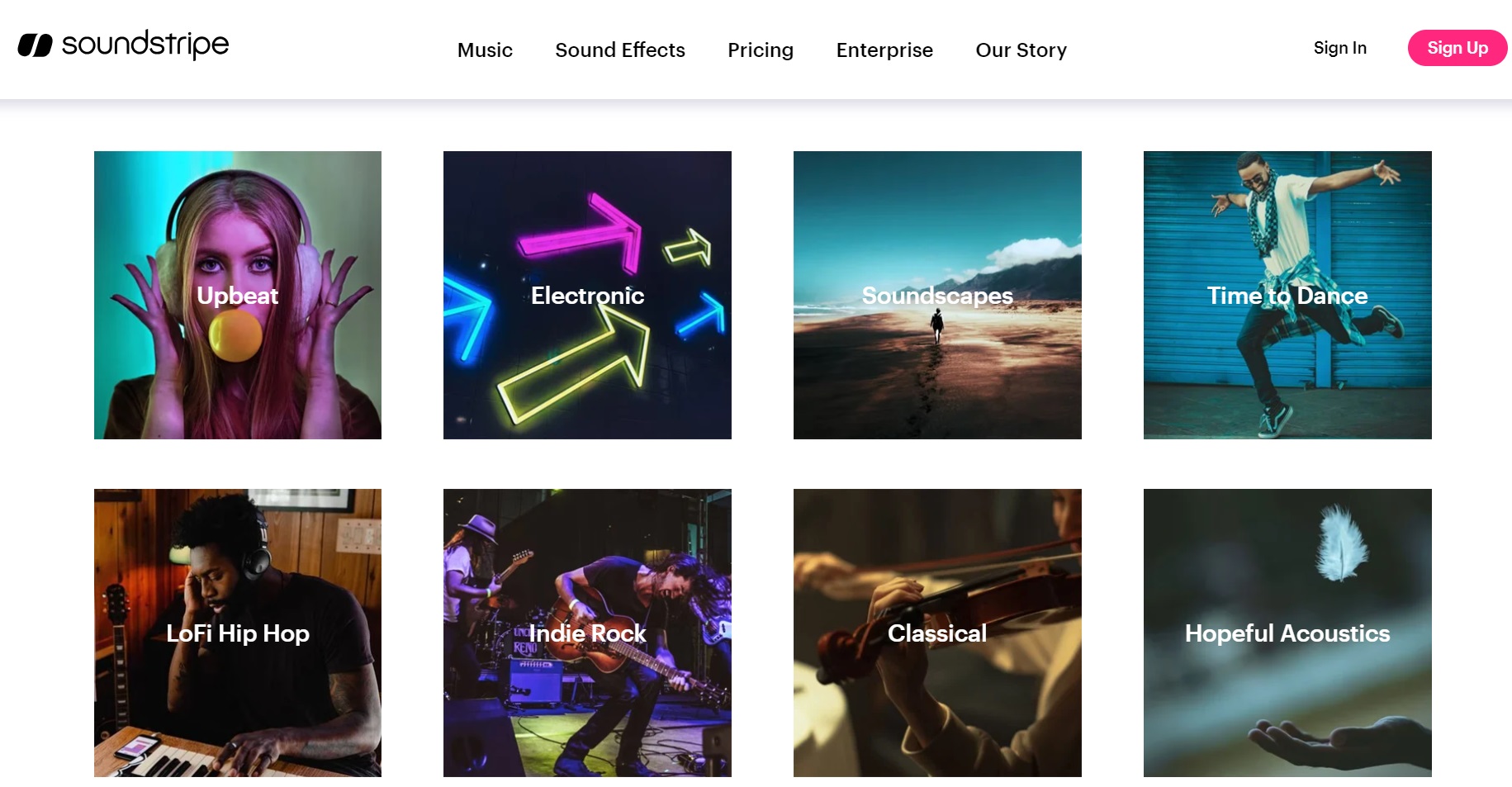
Some sounds may seem pleasant but fail to resonate with the audience. Monitor how your audience responds to it and ask for feedback to make the necessary adjustments to refine your sound brand identity.
Another excellent option is using customized voiceovers. This brings authenticity and a genuine human touch to your brand identity. With the enhanced storytelling experience, your brand will become more memorable and engaging.
You can hire a skilled voice actor or pick one of your employees to do the job. Whoever you pick, they should have the following voice qualities:
- Clear diction
- Pleasant tone
- Correct pacing
- Wide vocal range
- Good pronunciation
Brand Recognition vs. Brand Recall
Brand recognition and brand recall are marketing concepts that build brand awareness. Because of their similarity, they are often used interchangeably. Although both involve consumers’ ability to remember a brand, they operate differently.
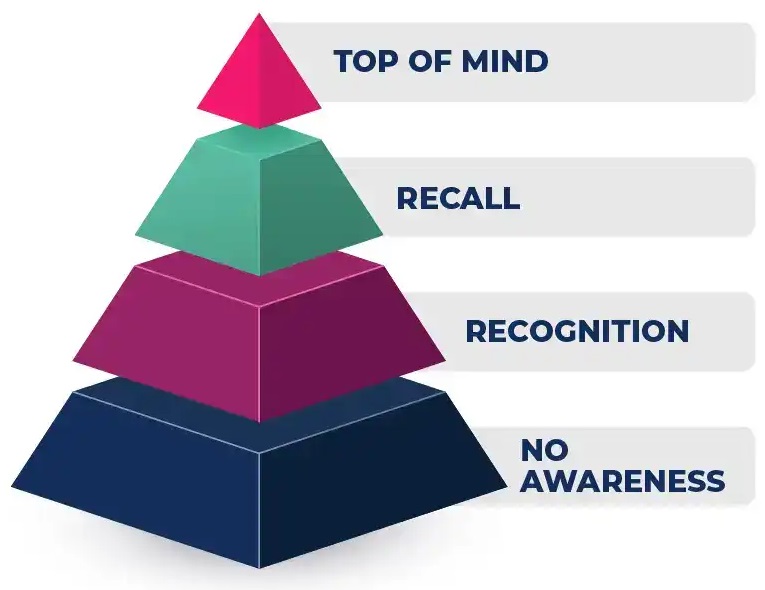
Brand recognition relies heavily on visual or auditory cues. When someone sees two golden arches shaped like the letter ‘M,’ they know it’s McDonald’s.
Brand recall uses contextual cues instead. These trigger consumers’ memories based on the product’s category, past experiences, or advertising. For example, you ask someone to name a soft drink brand, and they immediately think of Coca-Cola. If you want to promote brand recall in your target audience, here’s how you can do it:
- Share compelling brand stories to create an emotional connection with your audience
- Offer interactive experiences for memorable interactions (contests, quizzes, polls, etc.)
- Send your brand messages across multiple channels (ads, email marketing, or social media)
- Produce high-quality and relevant content (blog posts, social media updates, videos, or podcasts)
If you want to know if your advertising works, you can use web analytics. It can track your website form submissions’ performance and identify areas for improvement. Use all the insights you’ve gathered and run A/B testing to see which improvements work best.
How Do You Measure Brand Recognition & Brand Recall?
When you use these 2 marketing strategies well, you can improve your brand awareness, customer engagement, and revenue growth. Here are the practical tools and methods to monitor and measure their success:
- Market research
- Social listening tools
- Website traffic sources
- Unaided recall surveys
- Eye-tracking technology
- Aided brand recall surveys
- Focus groups and interviews
- Social media metrics (brand mentions, hashtags, impressions, views, reach, referral traffic, etc.)
- Online metrics (search volume, direct traffic, branded search queries, CTR, conversion rates, etc.)
If you use surveys, here’s a simple formula you can use to get the results:
Percentage Brand Recall/Recogniton (%) = (Survey Respondents who identified or recalled your brand/ Total number of respondents) X 100
Running regular surveys is also an excellent way to measure brand awareness. Use Google Trends and brand tracking software like Ahrefs so you can easily check your brand performance and overall health.
Why Brand Recognition Matters To Businesses
As you promote and grow brand recognition, your brand equity will increase (overall brand value). This will give your brand a competitive edge and reduce the threat from newcomers. It also helps your brand become more resilient when economic crises hit.
You can enjoy more benefits when you create a strong brand strategy. We already mentioned some above, but we’ll summarize it here:
- Step 1: Define your brand identity, values, mission, and personality
- Step 2: Create a distinct brand image
- Step 3: Perform market research to understand your target audience’s preferences, behaviors, and pain points
- Step 4: Write a unique value proposition that resonates with the target audience
- Step 5: Keep your branding consistent across all touchpoints to make it easier for customers to recognize your brand
- Step 6: Use different marketing channels to promote your brand (online and social media)
- Step 7: Implement SEO and other digital marketing strategies to improve visibility and conversions
- Step 8: Monitor your brand performance and ask for feedback
- Step 9: Make the necessary adjustments and improve your brand recognition strategies
SEO is significant in keeping your brand visible, credible, and relevant online. Ensure to apply the appropriate SEO techniques to drive long-term success and growth. To give you an idea, here’s how SEO works.
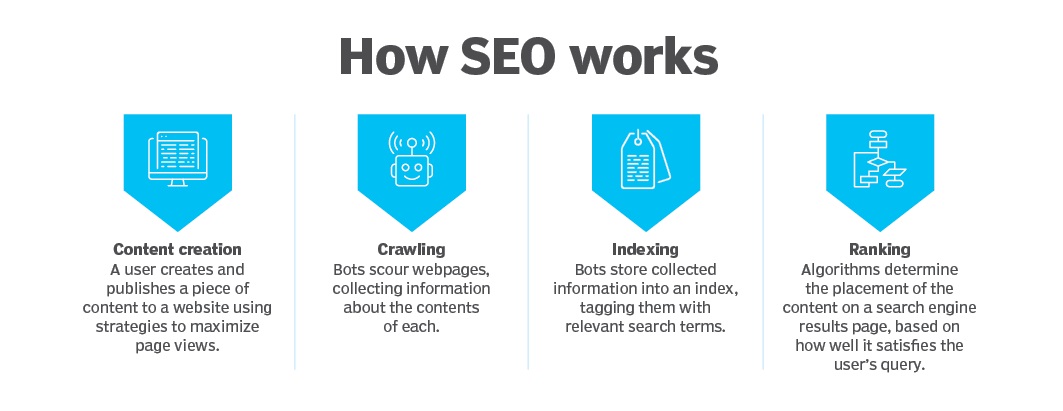
Word-of-mouth (WOM) recommendation is the most powerful tool available to businesses. Here are a few types of WOM marketing that you can use:
- Viral marketing
- Referral marketing
- Influencer marketing
- Social media marketing
In the beginning, it may require investment (time and money) in your brand strategies. But once it starts to generate momentum, it will continue on its own and build you a solid base of satisfied customers.
Conclusion
Promoting brand recognition isn’t just about getting your name out in the crowded marketplace. It means building a unique identity to outshine competitors and gain strong brand awareness.
Your brand recognition’s success lies in your audience’s ability to find your brand messages and identity. So, make sure you seamlessly integrate your brand identity with your domain name and extension. ShortDot can help you make that happen.
We prioritize simplicity in operations, technical excellence, and offering flexibility. Visit our website now and choose which of the 5 domain extensions we have suits your brand.
Author Bio:

Burkhard Berger
Burkhard Berger is the founder of Novum™. He helps innovative B2B companies implement modern SEO strategies to scale their organic traffic to 1,000,000+ visitors per month. Curious about what your true traffic potential is?
Gravatar: vip@novumhq.com

